After posting my favorite picks for “best value bourbons,” suggestions for bourbons I didn’t mention came flooding in, of course. The most emphatic was from a local liquor store owner who boasted that at $9.99 (at his store, of course), W.L. Weller Special Reserve is “the best value on the damn planet. Hands down… no arguments… FACT.” You’ve got to give him credit for offering a great price – I’ve seen W.L. Weller SR for up to $16 elsewhere. And his insistence spurred me to pick up a bottle of W.L. Weller SR to taste again. While I was at his store, he also pointed out that the 8 year old Old Charter was up there, too, in terms of value. It was also priced at $9.99 (and also goes for up to $16 elsewhere), but had a $4 rebate hangtag on the neck, so that made it $6 for an 8 year old bourbon. Now, when I find a bourbon whose price is lower than its age, I basically have to give it a shot, right?
So, with these two bottles, we have two inexpensive bourbons, around $10-$15 depending on where you buy them, both distilled by Buffalo Trace. One uses Buffalo Trace’s wheated mash bill (W.L. Weller – “The Original Wheated Bourbon”) and the other uses their mash bill #2 (Old Charter). W.L. Weller shares its mash bill with a bourbon that goes by the name of Pappy, not to mention the older Wellers, so it is in VERY good company. Meanwhile, Old Charter shares a mash bill with Buffalo Trace, Eagle Rare and George T. Stagg. Again, damn fine bourbons.** (How does Buffalo Trace keep these so affordable??? I don’t know, but I thank them.)
While the W.L. Weller removed its 7 year old age statement not too long ago in favor of a Special Reserve label without any age statement, it’s pretty safe to assume that this is roughly 7 year old whiskey. Old Charter proudly shouts out its 8 years of age, though the fact that the label reads “gently matured for eight seasons” might lead an inquiring mind to wonder whether it might only be two years old! (Or does Kentucky only have one season per year??)
In any case, the point of all this is to put them head to head in a taste-off, and see if either would make my list of best value bourbons. Here we go….
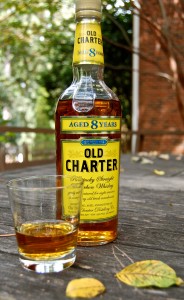 W.L. Weller Special Reserve Kentucky Straight Bourbon Whiskey
W.L. Weller Special Reserve Kentucky Straight Bourbon Whiskey
90 Proof, $10-$16 Retail
Old Charter Kentucky Straight Bourbon Whiskey, Aged 8 Years
80 Proof, $6 (with rebate good through the end of 2012)-$16 retail
First off, both of these bourbons show a similar, lovely orange-bronze color, the W. L. Weller is just a touch deeper. They each pour with some good body, not too thin.
On the nose, I’ll start with the Weller, and have to say I’m not really loving it – it’s a bit hot for 90 proof. There’s some banana, nutmeg, caramel undertones, then a touch of green/young grain. As for the Old Charter, the nose here is definitely smoother, deeper, with more caramel and oak, though not in a heavy way. There’s a sharpness to it that hints at the rye component, but not overtly. Old Charter definitely beats the Weller in pre-sipping impressions.
On to tasting, the Weller shows a nice balance on entry, good mouthfeel, plenty of buttery toffee and a bit more of that banana in the background along with some baking spice. This has a nice bite to it, with a long, pleasing warm finish. I have to say, it delivers much better than the nose would indicate. A bit of water or some time with an ice cube smooths things out on the Weller considerably, into a buttery, soft caramel that is nice though not very complex. The water also takes the heat off the nose, but mutes the other notes as well.
Meanwhile, the Old Charter carries a thicker mouthfeel, a bit flabby really. Butterscotch is the primary note when you taste it, less balanced and nuanced than the Weller, but with good drinkability. It’s a bit too one dimensional to me, with some slightly unpleasant sharpness on the finish. Not bad, but nothing that grabs your attention, and at only 80 proof, I wouldn’t add any water to this for sipping, though it would do just fine in a cocktail.
 Overall, I give both a rating of Good Stuff* – in large part because they are both great for the price. If you’ve only got $10 to spend on a bourbon, these two are great options, and I lean to the Weller, with the caveat that it could use a touch of water or ice for sipping. Both are well suited for cocktails (in fact, Holeman & Finch, among the most esteemed cocktail bars in Atlanta, uses W.L. Weller Special Reserve as a well bourbon behind the bar).
Overall, I give both a rating of Good Stuff* – in large part because they are both great for the price. If you’ve only got $10 to spend on a bourbon, these two are great options, and I lean to the Weller, with the caveat that it could use a touch of water or ice for sipping. Both are well suited for cocktails (in fact, Holeman & Finch, among the most esteemed cocktail bars in Atlanta, uses W.L. Weller Special Reserve as a well bourbon behind the bar).
It’s worth pointing out that both of these bottles are entry points for their respective brands, and for Buffalo Trace’s family of bourbons more broadly. From the Weller Special Reserve, you can step up to Weller Antique 107 proof or W.L. Weller 12 year old for older/stronger expressions; and from the Old Charter 8 year old, you can go to Charter 101 proof or 10 year old – all at a higher price, of course. It’s all about finding the bourbon that delivers best for your tastes AND your wallet.
*******************************
* Thirsty South Rating Scale:
Wow – among the very best: knock-your-socks-off, profound, complex liquid gold!
Excellent – exceptional in quality and character, worth seeking out, highly recommended
Good Stuff – solid expression of its type/varietal, enjoyable and recommended
Fair – fairly standard or exhibiting obvious though minor flaws
Avoid – move away folks, nothing to see here, a trainwreck
** As for the Buffalo Trace mash bills, there is a bit of differing info from various sources online, none of which are 100% definitive. I’ve corrected my original post to reflect what I think is right for these two – any further corrections much appreciated!
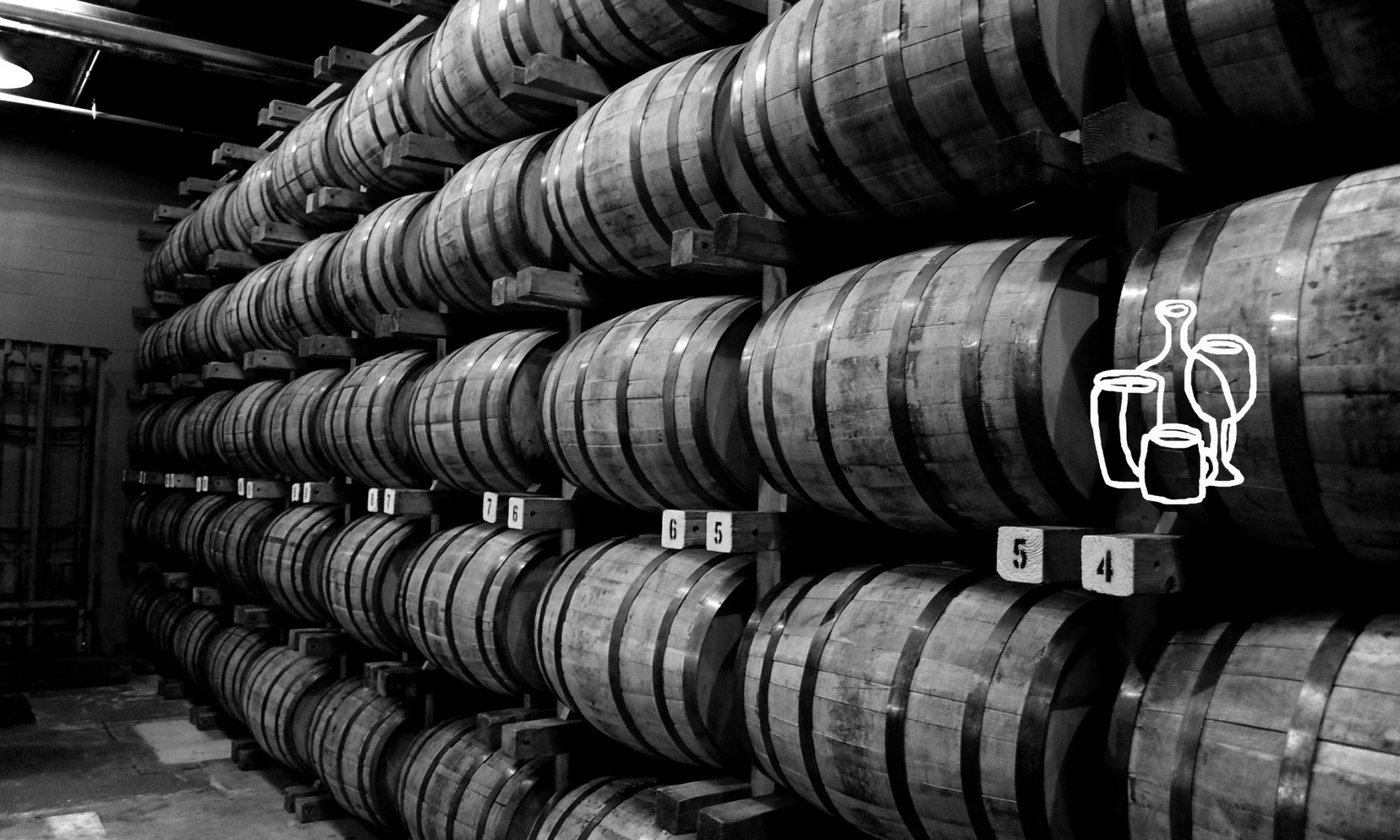
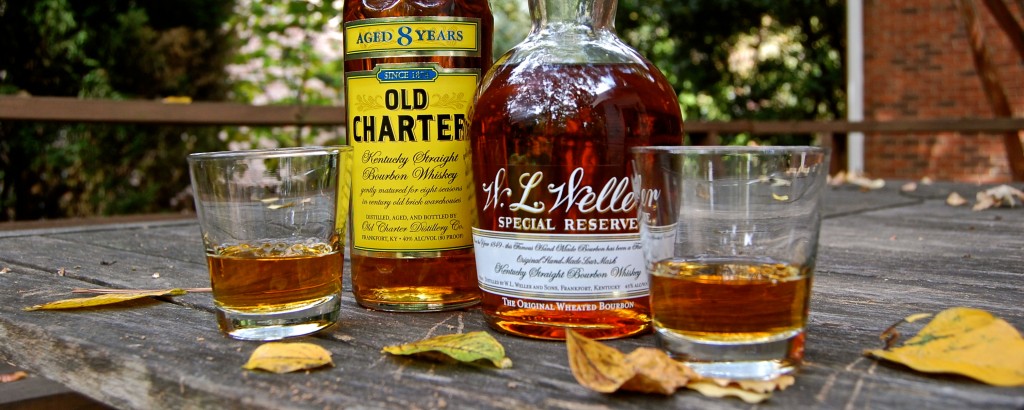


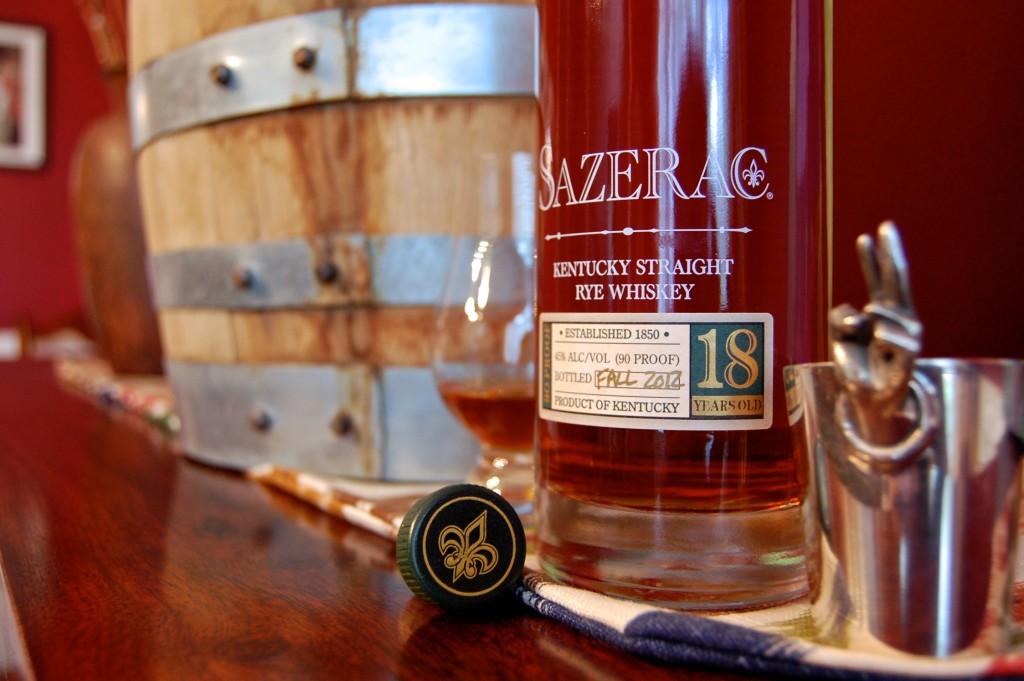
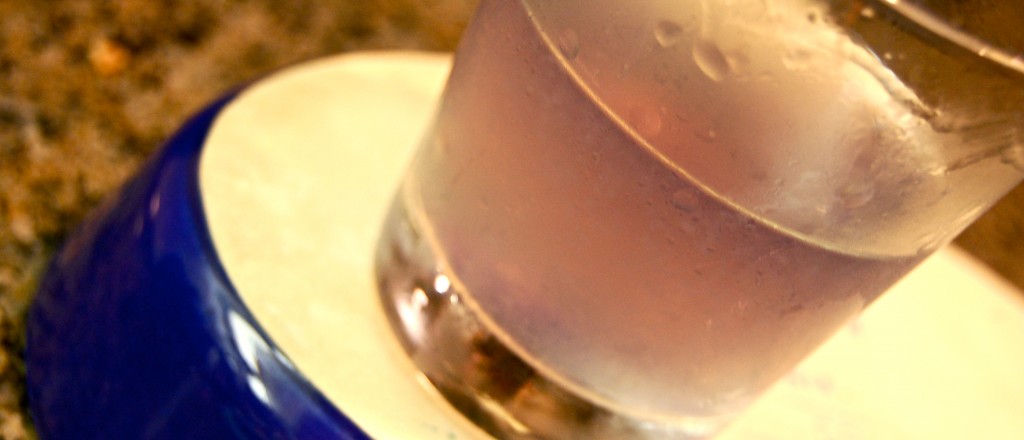
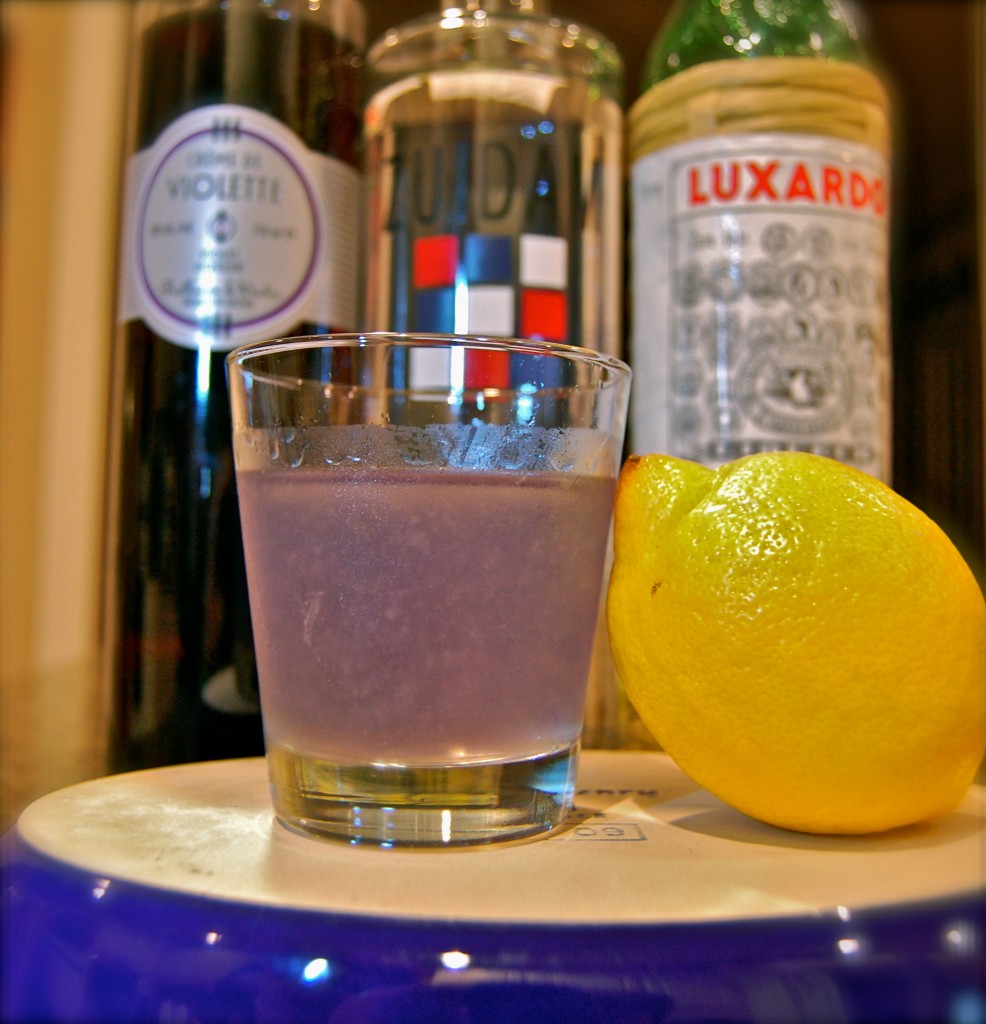


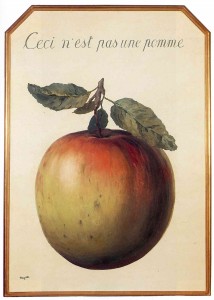
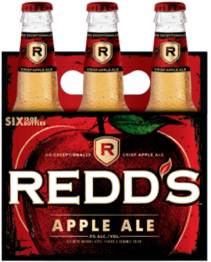 Redd’s Apple Ale
Redd’s Apple Ale